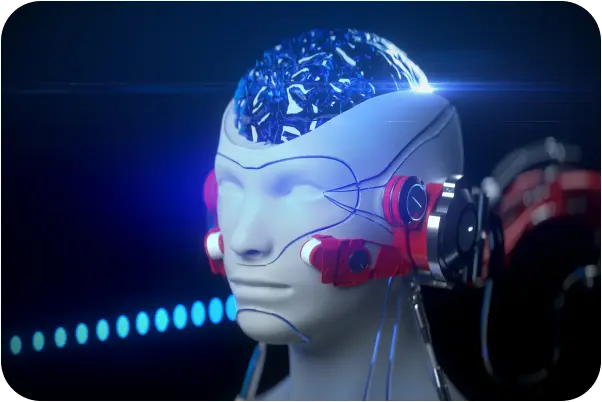What is the latency of wake word recognition?
Wake Word
Voice Recognition
Latency
Latency in wake word recognition defines how fast a voice assistant reacts after hearing its activation phrase. From smart speakers to in-car systems, this metric directly impacts user trust and system performance. For AI developers, data engineers, and voice product teams, understanding and managing latency is essential for building responsive voice-first applications.
Why Wake Word Latency Matters
Even small delays in voice interaction can diminish the user experience and model effectiveness. Wake word latency affects:
- Interaction quality: Subtle lags disrupt the flow of conversation and lead to user frustration
- Adoption rates: Low-latency systems drive engagement in competitive markets
- Application success: Domains like smart home automation or vehicle control require instant responsiveness
A reliable voice system must respond within user-perceived natural timeframes. Achieving this depends on both data quality and system architecture.
Components Contributing to Wake Word Latency
Several interlinked steps determine how quickly a system processes a wake word:
Audio Input and Digitization
Latency begins at the point of capture.
- Sampling rate: A 16 kHz sample rate balances quality and processing speed
- Microphone quality: Low-noise microphones minimize processing overhead
- Controlled recording: Clean acoustic environments reduce unnecessary delays
Feature Extraction
Once captured, audio is processed to extract relevant features like Mel-frequency cepstral coefficients (MFCCs). This step is critical for accurate wake word classification and must be optimized for speed.
Model Inference
The model's design and where it runs (cloud or edge) play a significant role.
- Lightweight architectures improve speed but may impact precision
- Edge deployment eliminates network delays, reducing end-to-end latency
- Device capability varies; a smartphone responds differently than an embedded sensor
Post-Processing and Response
After recognition, the system executes its action—triggering a skill, command, or confirmation. This adds to the user’s perception of latency.
Measuring and Benchmarking Latency
Evaluating wake word systems involves quantitative analysis:
- End-to-end latency: Time from voice input to action initiation
- False-trigger delay: Time lost to incorrect activations
- P95 latency: Ensures most responses fall within an acceptable timeframe
Typical benchmarks:
- Edge inference: Ranges from 30 to 100 milliseconds
- Cloud inference: Can extend to 200 to 400 milliseconds depending on network conditions
Real-World Impact of Latency
Latency is not just a metric—it shapes voice AI usability in different domains:
- Smart assistants require response times under 200 milliseconds for a natural experience. FutureBeeAI’s curated datasets support this performance benchmark by offering consistent, clean, and diverse training data.
- IoT devices rely on immediate execution for actions like unlocking doors or adjusting thermostats
- Automotive applications need sub-second latency for safety-critical commands, such as navigation or emergency assistance
Challenges in Reducing Latency
Several real-world variables introduce latency bottlenecks:
- Acoustic interference: Environmental noise increases processing time and error rate
- Speaker variability: Accents, age, and pace require more robust, flexible models
- Data inconsistency: Mismatched or low-quality training data can inflate inference time
Best Practices for Latency Optimization
To ensure high-speed wake word recognition:
- Use optimized model architectures suited for your target device’s compute constraints
- Invest in dataset quality to reduce confusion during inference
- Deploy real-time profiling to monitor latency under production conditions
- Apply noise-reduction techniques to lower pre-processing overhead
Enabling Low Latency with FutureBeeAI
FutureBeeAI’s YUGO platform offers structured, latency-aware data collection. Our methodology includes:
- Tagged audio with latency characteristics for model adaptation
- Cross-language datasets enabling sub-150 millisecond response times across 12 languages
- Two-tiered QA workflows to eliminate recording and annotation errors that increase latency
FAQ
Q. How can wake word latency be measured in real-world systems?
A. Use timestamped logs and calculate time-to-first-frame (TTF) between audio input and system response using automated scripts or integrated monitoring tools.
To build low-latency voice systems that meet modern user expectations, start with data that’s structured, diverse, and production-ready. FutureBeeAI delivers high-performance wake word datasets and custom solutions for latency-sensitive deployments. Contact us to learn how we can support your next voice AI project.
What Else Do People Ask?
Related AI Articles
Browse Matching Datasets
Acquiring high-quality AI datasets has never been easier!!!
Get in touch with our AI data expert now!








